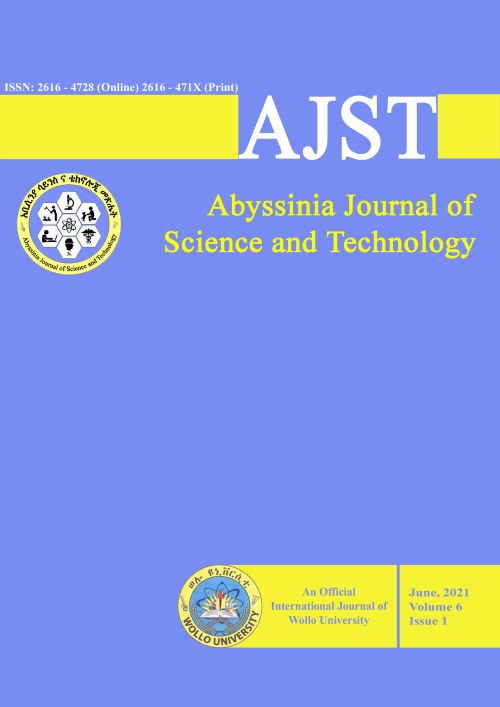Main Article Content
Adaptability and Growth Performance of Introduced Bamboo Species in North East Ethiopia
Abstract
The common bamboo species in Ethiopia are Arundinaria alpina and Oxytenanthera abyssinica. Arundinaria alpina is a highland bamboo species growing in altitudes from 2400 – 3500 and Oxytenanthera abyssinica is a lowland bamboo growing within the altitudes from 500 - 1800 meter above sea level. But those two bamboo species grow scarcely in the study area. Keeping the importance of increasing diversity, generation of high economic earnings would possible through introducing available bamboo species for different agroecology. From this perspective, it is imperative to identify the best adaptable exotic bamboo species in the north eastern part of Amhara region. The experiment was conducted in Kobo research site of Amhara regional state, Ethiopia. Randomized complete block design with three replications was used to conduct the experiment. Bamboo seedlings were obtained from international network for bamboo and rattan (INBAR-Ethiopia) and planted on July 22/ 2013. An observation on the survival of the propagated material, diameter, height and number of newly emerged shoots were recorded every three months with follow up on every month. The species were Denderocalamus brandisii, Bambusa tulda, Bambusa balcooa and Denderocalamus asper. The results showed that, Bambusa balcooa and Bambusa tulda has better survival percentage than Denderocalamus brandisii and Denderocalamus asper. Additionally, Bambusa balcooa and Bambusa tulda had significantly higher height and Diameter at Breast Height than Denderocalamus asper. Therefore, both Bambusa balcooa and Bambusa tulda should be demonstrated and popularized around kobo and other areas that have similar soil and climatic conditions.






